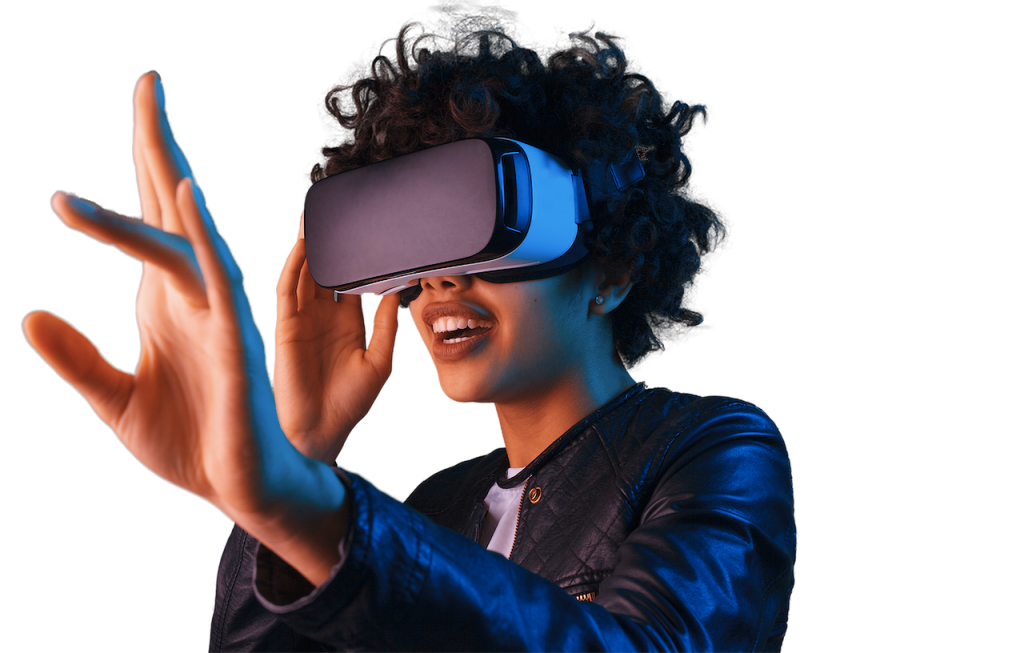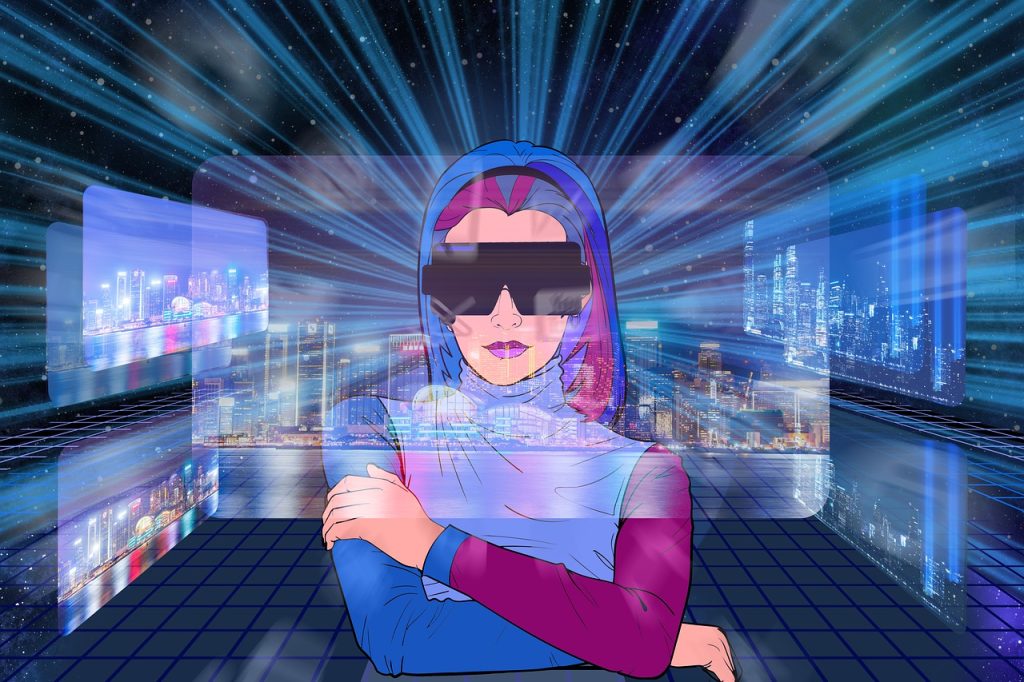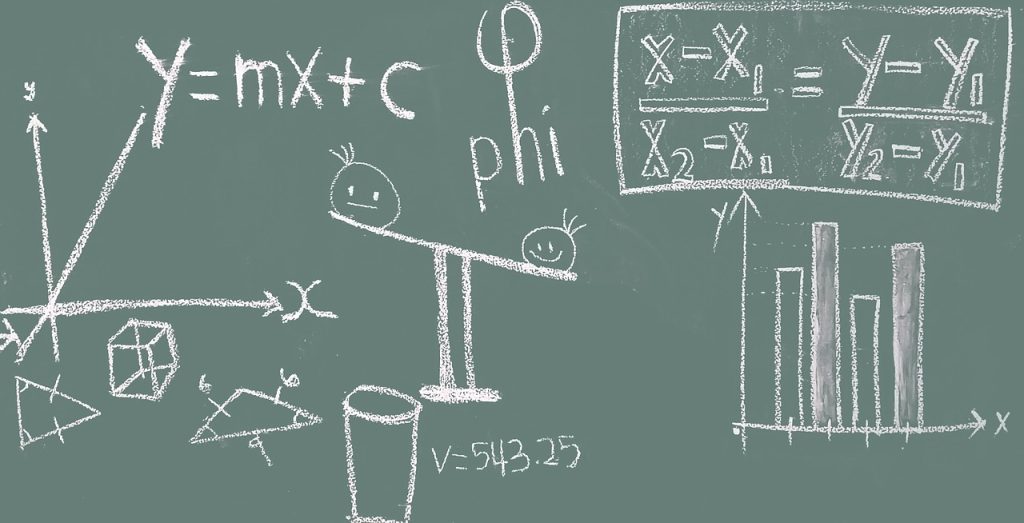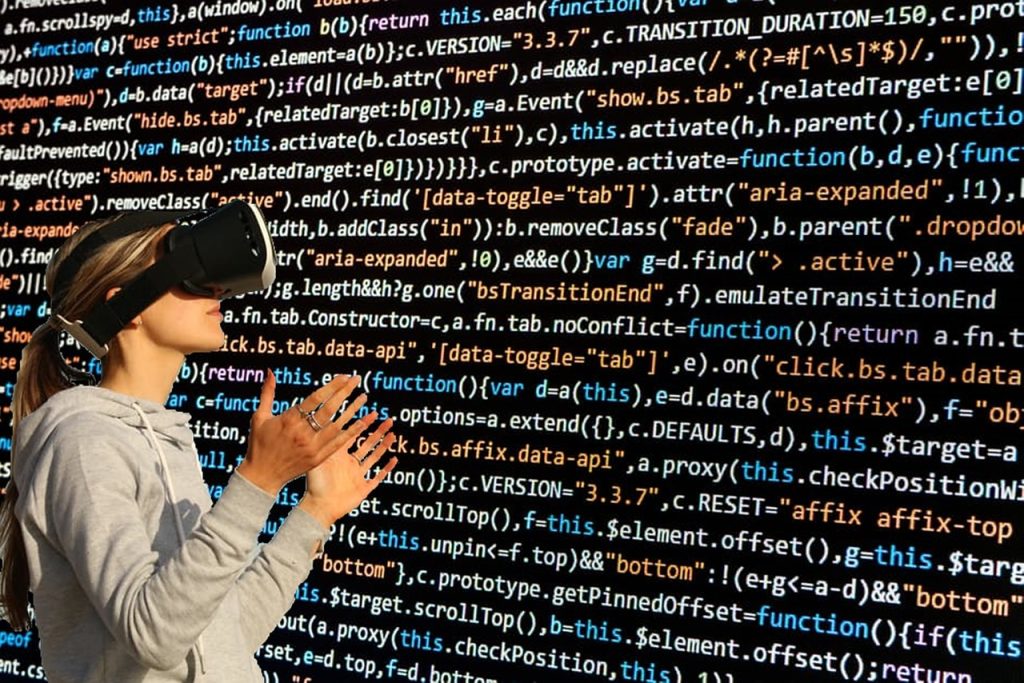The incorporation of virtual and augmented reality into the classroom has the potential to revolutionize the way students learn. By utilizing these immersive technologies, teachers can create engaging and interactive learning experiences far beyond traditional lecture formats. This blog post will explore the importance of virtual and augmented reality in the classroom, highlighting the benefits they offer to students of all ages. From hands-on activities to real-world simulations, virtual and augmented reality can provide students with a unique learning experience that is sure to engage and inspire them.
What is Virtual Reality?
Virtual Reality (VR) is an immersive experience in which users interact with a simulated environment. It is a computer-generated, three-dimensional world that can be explored and interacted with by a user. Through the use of special headsets and hand controllers, users can explore and interact with a VR environment. In VR, users are completely immersed in a simulated world, able to look around, move around, and interact with objects within the environment.

VR allows users to experience a virtual world as if they were really there. This can range from taking a virtual tour of a city to exploring the surface of Mars or playing a video game. There are many different types of VR experiences, such as educational experiences, gaming experiences, and entertainment experiences. By providing these kinds of immersive experiences, VR has the potential to revolutionize how people learn, play, and interact with one another.
What is Augmented Reality?
Augmented reality (AR) is a technology that combines the physical world with a digitally generated, interactive layer of information. This layer of information is created and displayed on top of real-world objects, such as images, videos, 3D models, and other data. Through this, AR can enhance and enrich the real-world environment by displaying digital content in an interactive way.

AR has been used for years in gaming, but in recent years it has become more popular for use in educational and business settings. For example, AR can be used to enhance the learning experience by allowing students to interact with digital content, such as 3D models, in a more realistic way. Additionally, it can be used in business to allow customers to visualize products in their environment before purchasing them, as well as allowing sales teams to create more immersive presentations for their clients.
AR is a powerful tool that has many potential applications in the educational and business worlds, and as technology advances, it’s becoming more accessible and affordable for organizations to implement.
How can VR/AR be used in the classroom?
Virtual Reality (VR) and Augmented Reality (AR) are increasingly being used in classrooms to help students learn, interact and engage with their studies. VR and AR can be used for a variety of educational purposes such as immersive field trips, providing visual learning tools and helping to break down complex topics.
For example, VR can be used to create an immersive field trip experience for students. They can explore a museum, historic landmark or even visit other countries without ever leaving the classroom. This enables students to gain first-hand knowledge on different locations and cultures while in a safe environment.
AR can also be used as an interactive learning tool. By overlaying digital information onto physical objects, teachers can help students gain a better understanding of complex topics. For example, when studying molecules, teachers can use an AR app to project images of atoms, molecules, and their interactions over physical models so that students can observe the structure and functions of each part.
In addition, VR and AR can also be used to make lessons more engaging by providing virtual demonstrations and simulations. For example, when teaching about ecosystems, students can experience an interactive simulation that shows how different species interact with each other and how changes in the environment affect the system as a whole.

Overall, VR and AR offer an innovative way for teachers to incorporate technology into the classroom and engage students in their studies. By leveraging these tools, teachers can create immersive learning experiences that help students better understand complex topics and explore new places.
The benefits of VR/AR in education
Virtual Reality and Augmented Reality offer incredible potential for transforming the classroom experience and improving student learning outcomes. As an immersive technology, VR/AR allows students to explore 3D environments and participate in interactive simulations of real-world situations. It also enables them to gain a better understanding of complex concepts and gain a more tactile approach to problem-solving.
One of the major benefits of VR/AR in the classroom is that it can help students to become more engaged in their studies. VR/AR experiences make learning more interactive and immersive, providing students with a more hands-on approach to exploring new ideas. Additionally, because the technology can be used to recreate real-world environments, it can help students to better understand how the world works. This, in turn, can help students to develop important skills such as collaboration, critical thinking, and problem-solving.
Another benefit of VR/AR in education is that it can provide teachers with innovative new ways to teach. For example, teachers can use virtual or augmented reality to demonstrate complex concepts, lead virtual field trips, or conduct experiments. This can help teachers to present their content in new and exciting ways that are engaging for their students.
Finally, VR/AR can also have a positive impact on student mental health. By immersing students in stimulating and engaging environments, VR/AR can help reduce stress and improve focus. Furthermore, it can be used as a form of distraction therapy for students who struggle with anxiety or other mental health issues.
In short, Virtual Reality and Augmented Reality have the potential to revolutionize the way we learn and interact with the world around us. By providing a more engaging learning environment, they can help students to become more engaged in their studies and develop important life skills. In addition, they offer teachers a range of innovative new teaching tools that can help to make learning more enjoyable and effective.
Some final thoughts
Virtual and Augmented Reality have tremendous potential in the classroom. By providing students with the opportunity to explore and engage with topics in a more immersive and engaging way, VR and AR can help students learn faster and retain more knowledge. It can also help educators develop interactive lessons that are tailored to the interests of their students, making learning more enjoyable for everyone involved. With the technology becoming increasingly accessible and more affordable, it’s likely that VR and AR will continue to play an increasingly important role in the future of education.


This is a great revolution in education. We need this type of technology to teach difficult concepts in class.
This is good innovation. But, most schools in Africa might not be able to afford this technology.